One thing that I’ve always loved about science in general and physics in particular is how it all connects up, how things that seem at first glance to have almost nothing to do with one another are in many ways the same phenomenon. Take a ball bouncing up and down on a spring and light waves, what could they have in common. But both are described by the same mathematics, simple harmonic motion.
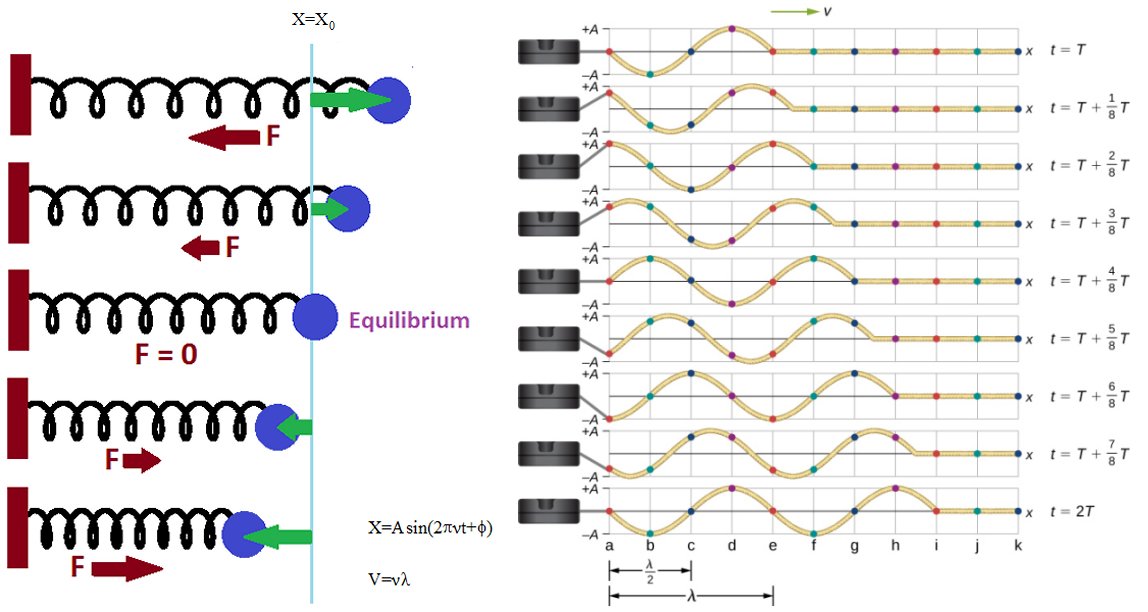
Because of all those connections a scientist who is studying one subject may serendipitously make a major discovery in a completely different subject. A case in point is the discovery of X-rays by Karl Roentgen who was actually studying the flow of electricity through a vacuum in a device called a Crooke’s tube. ‘Accidental’ discoveries of that kind are numerous in the history of science, at least to those who are prepared for them.
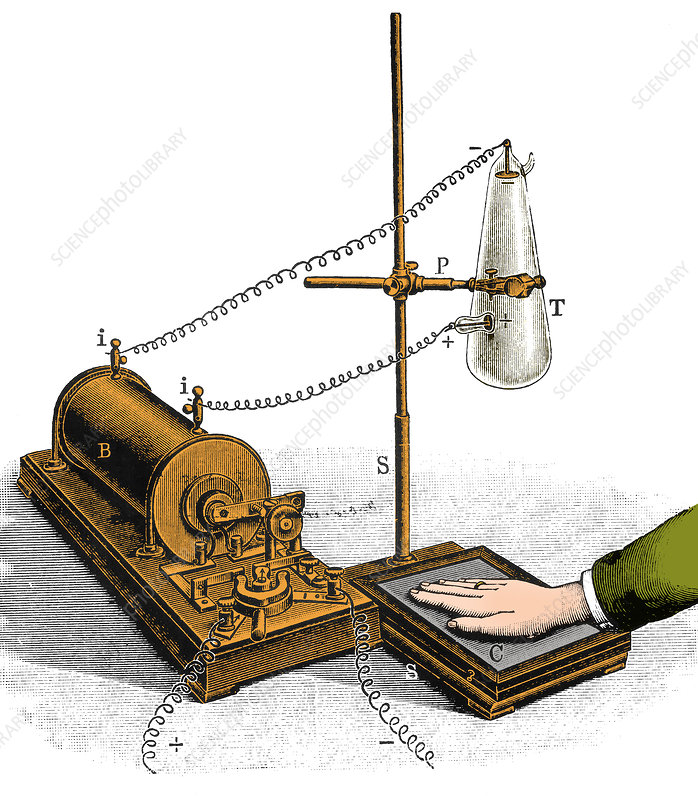
Just a few months ago I discussed the Lofar Radio Telescope that consists of a network of radio antennas spread across northwestern Europe but that are concentrated in the Netherlands, see post of 15 September 2021. That radio telescope, like all large telescopes, is intended to study astronomical objects that are thousands if not millions of light-years from Earth. However the Lofar receivers cannot operate whenever there is a lightning storm nearby because lightning generates so much radio noise that it swamps the weak signals coming from outer space.

So, since the Lofar instruments couldn’t observe the universe whenever there was lightning around they decided to do the next best thing, observe the lightning. And so, during a series of lightning storms in the summer of 2018 the Lofar installations in the Netherlands used the radio signals generated by the lightning bolts themselves to make detailed images of exactly how a lightning bolt is triggered inside a cloud.

Scientists have been trying for decades to understand exactly what causes a lightning bolt but you can’t see into a cloud, and attempts to gather data by balloons or rockets or airplanes have the problem of not being in precisely the right place at precisely the right time. According to Brian Hare, a lightning specialist at the University of Groningen and co-author of a paper detailed the results of the study, “It’s kind of embarrassing. It’s (lightning) the most energetic process on the planet, we have religions centered around this thing, and we have no idea how it works.”
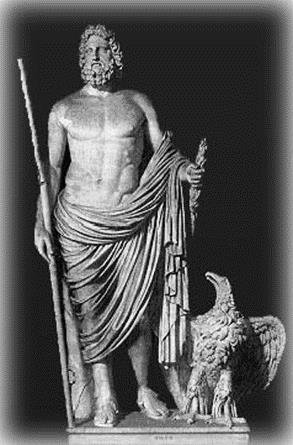
That’s where Lofar comes in because the network of low frequency antennas, technically known as a phased array, can examine the entire cloud continuously while still getting data from volumes of space that are only a few meters on a side. Of course that means that a lot of data is being gathered, all of which has to be analyzed. Nevertheless, the Lofar study has given researchers their best ever look at a lightning bolt and in particular just what conditions are needed to trigger one.
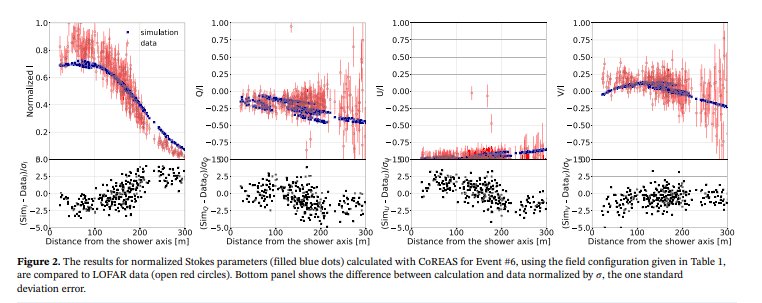
Until now there were two different theories as to what triggered a lightning bolt. Both agree that the main electric field in a cloud is generated as hail falls while ice crystals rise. This rubbing generates static electricity exactly the same way as your shoes do as you walk across a thick carpet on a cold winter’s day. It’s the exact mechanism that triggers the bolt where the two theories differ.

The first theory is that cosmic ray particles coming from outer space collide with electrons in air atoms generating a cascade of charged particles that initiates the bolt. The second theory starts with needle shaped ice crystals that collide turbulently with each other. These collisions cause the crystals to become positively charged at one end and negatively charged at the other, technically this is known as an electric dipole. Now the positive ends of one crystal will be attracted to the negative end of another and before long you will have many crystals lined up producing one long electric dipole. These long dipoles form ribbons of ionized air that are called streamers. Before long the streamers become hot and conductive enough to turn into a leader along which a full bolt of lightning can propagate.

The data from the Lofar observations support the second theory. According to main author Christopher Sterpka with the department of Physics and Astronomer at the University of New Hampshire, “this is what we’re seeing. After the avalanche stops, we see a lightning leader nearby. In the data from Lofar the entire process was seen to occur within a 70 meter wide region deep within a cloud.
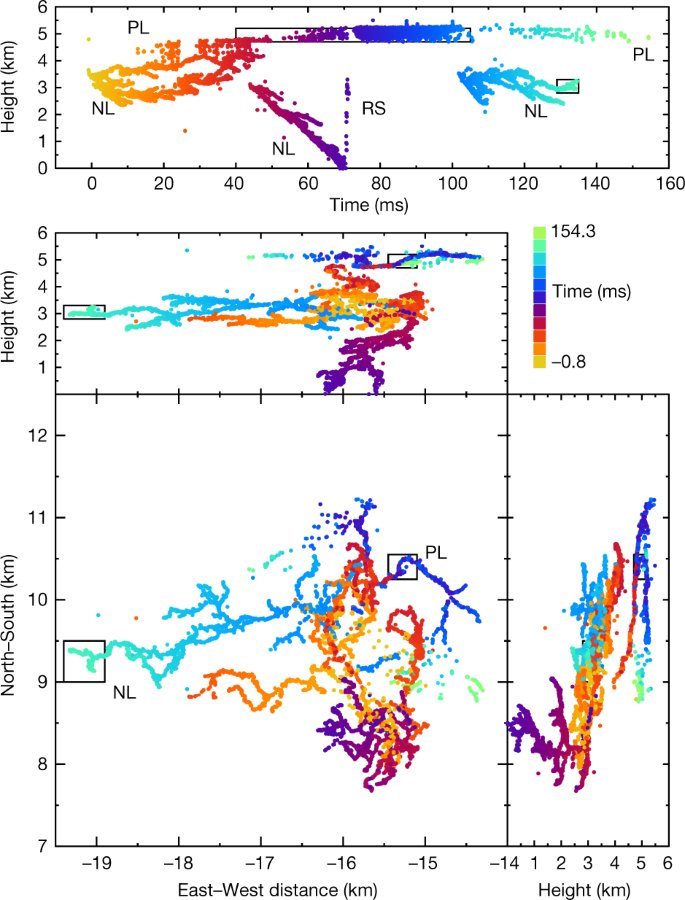
The data from Lofar hasn’t resolved all of the questions however. In particular exactly how streamers turn into leaders is still subject to debate. These processes happen on a millimeter-scale but the researchers hope that further observations by Lofar may yield clues to resolve even those questions.
And so a radio telescope designed to observe objects and events far outside our solar system has answered a long standing question about lightning here on Earth. That’s what I like about science.
